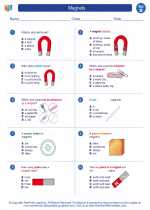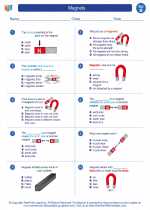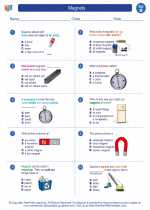Static Friction
Static friction is a type of friction that prevents an object from moving when a force is applied to it. It is called "static" because it occurs when the object is stationary and not moving. Static friction acts in the opposite direction of the applied force, and it must be overcome in order for the object to start moving.
Causes of Static Friction
Static friction is caused by the microscopic roughness of the surfaces of the object and the surface it is resting on. When an external force is applied to the object, the irregularities in the surfaces interlock, creating resistance to the motion of the object. This resistance is what we feel as static friction.
Factors Affecting Static Friction
The amount of static friction depends on the nature of the surfaces in contact and the force pressing them together. Factors that affect static friction include the roughness of the surfaces, the weight of the object, and any other forces acting on the object.
Formula for Calculating Static Friction
The maximum static friction force (Fs max) can be calculated using the formula:
Fs max = μs * N
Where μs is the coefficient of static friction and N is the normal force acting on the object.
Study Guide
- What is static friction and when does it occur?
- Explain the causes of static friction.
- Discuss the factors that affect static friction.
- Write the formula for calculating the maximum static friction force and explain each term.
- Provide examples of situations where static friction is encountered in everyday life.
◂Science Worksheets and Study Guides Second Grade. Magnets

 Worksheet/Answer key
Worksheet/Answer key
 Worksheet/Answer key
Worksheet/Answer key
 Worksheet/Answer key
Worksheet/Answer key
 Vocabulary/Answer key
Vocabulary/Answer key
